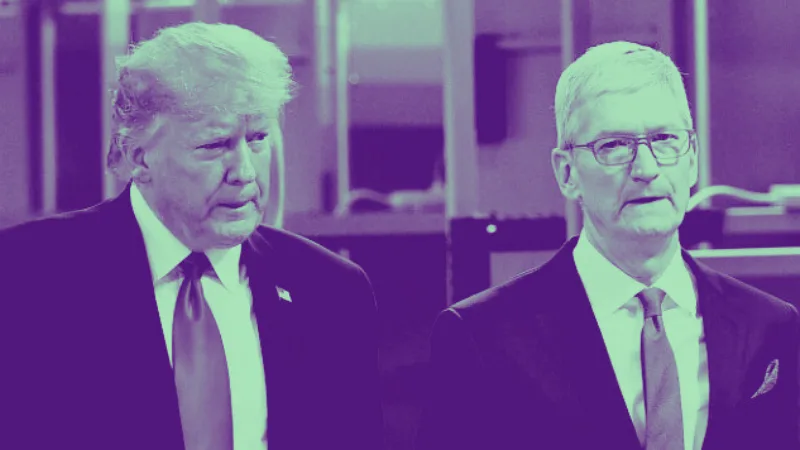Moody’s has officially stripped the United States of its final pristine credit rating, dropping the nation from AAA to AA1. For the first time in history, all three major credit agencies—S&P, Fitch, and now Moody’s—agree that America’s debt profile no longer deserves top-tier status. While mainstream media is spinning this as a financial doomsday scenario, others argue it’s more noise than substance.
So, does this downgrade really matter—or is it just another headline designed to grab attention in a noisy election year?
What Moody’s Said and Why It Matters
According to Moody’s, the decision was driven by three core concerns:
- Runaway Federal Debt: America’s national debt now exceeds $34 trillion, and the deficit shows no signs of shrinking. The Congressional Budget Office projects that by 2035, mandatory spending will consume nearly 80% of the budget, with interest payments taking up a third of all federal revenue.
- Exploding Interest Costs: The U.S. government is spending more on interest than ever before—more than it spends on national defense. Rising rates have made borrowing more expensive, and unless policies change, these interest costs will keep climbing.
- Political Dysfunction: Moody’s emphasized Washington’s inability to enact meaningful fiscal reforms. Repeated standoffs over the debt ceiling, government shutdown threats, and partisan gridlock have eroded confidence in the country’s ability to manage its finances responsibly.
This downgrade, while symbolic, sends a strong message to global markets: the U.S. is no longer the gold standard of fiscal reliability.
Why the Downgrade May Not Matter (At Least for Now)
Despite the headlines, markets didn’t crash. Treasury yields rose slightly, gold gained, and stocks wobbled—but no major panic ensued.
Here’s why:
- U.S. Treasuries Are Still the World’s Safe Haven: Even with the downgrade, there is no real substitute for the U.S. dollar and U.S. government debt. When global crises hit, investors still flock to American bonds.
- We Control the Reserve Currency: The U.S. dollar is still the backbone of global trade. That gives the United States a unique advantage. As long as there’s no serious alternative (and there isn’t yet), this downgrade won’t cause immediate damage.
- Markets Have Short Memories: When S&P downgraded the U.S. in 2011, markets initially dipped—then rallied for years. The same pattern could easily repeat.
- This Isn’t a Default Warning: Moody’s didn’t say America is going to default. They said the long-term path is unsustainable. There’s a big difference.
So What’s the Real Risk?
The real danger isn’t today’s reaction. It’s what comes next if nothing changes.
- Interest Payments Will Crowd Out Everything: If rates stay high and the debt keeps growing, the government will soon be forced to choose between funding Medicare, Social Security, the military—or paying its creditors.
- Future Crises Will Be Harder to Manage: The more debt a country has, the less room it has to respond to emergencies. Whether it’s a recession, a pandemic, or a war—our options become more limited.
- Global Trust Could Erode: The U.S. has long benefited from trust. Lose that, and everything—from trade deals to defense alliances—gets more complicated and expensive.
What This Means for Center-Right America
For fiscal conservatives and those on the center-right, this downgrade is less about market volatility and more about a deeper philosophical issue: government overreach and reckless spending.
We’ve spent decades watching both parties balloon the debt. But this downgrade is confirmation from a globally respected institution that our current path is unsustainable.
The consequences won’t be felt today—but when they come, they’ll be swift and painful. And it won’t be Wall Street that suffers first. It will be everyday Americans—especially retirees, small business owners, and savers.
What Investors Should Do Now
This downgrade isn’t an emergency—but it is a strategic inflection point. Here’s how savvy investors can position themselves:
- Rebalance Toward Hard Assets: Gold and other precious metals often perform well when faith in government declines. Consider modest exposure to inflation-protected assets.
- Favor Quality Over Growth: Companies with strong balance sheets and consistent cash flow are better positioned if borrowing becomes more expensive. Utilities, healthcare, and consumer staples could outperform high-debt tech stocks.
- Look Globally—But Stay Cautious: Emerging markets may offer opportunity, but avoid regions heavily dependent on U.S. economic stability.
- Watch Interest Rates Closely: The Federal Reserve’s next moves will be crucial. If rates stay higher for longer, dividend-paying stocks and short-term bonds may become more attractive.
- Vote With Your Wallet: Investors must also act as citizens. Push for fiscal responsibility, demand accountability, and support leaders with real plans to reduce the deficit.
Final Word
Moody’s downgrade is not a crisis—but it is a warning shot. Washington has ignored the fundamentals for too long. Center-right Americans have been sounding the alarm for years. Now, the world is finally paying attention.
Ignore this wake-up call at your own risk. Because the next downgrade won’t be symbolic—it’ll be the moment global markets stop giving America the benefit of the doubt.





